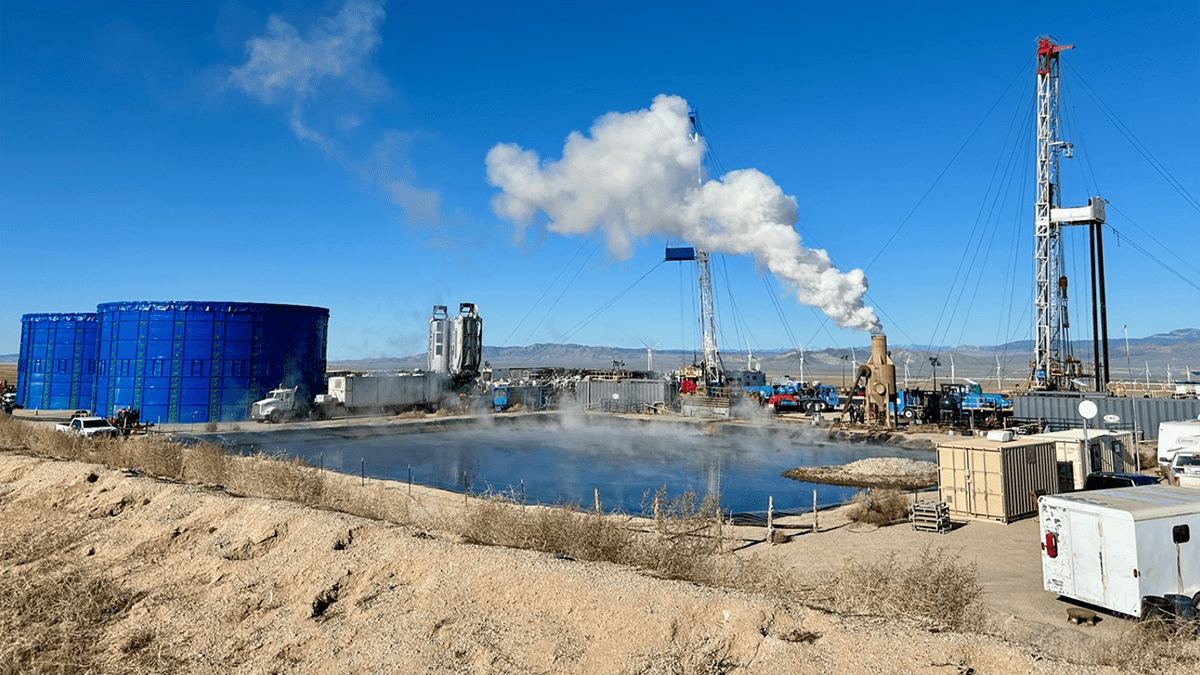It’s a cruel reality that only about 3% of the world’s water is fresh, and of that, only a fraction is readily available. Yet as the world’s arid regions encounter intensifying droughts, more people are eyeing the other 97% that’s sloshing around in the oceans.
Islands, cities, and water districts have been using desalination to rid ocean water of its salts for over a century, though it wasn’t until the 1970s that the technology became more widespread. Every 100 gallons of water produced by reverse osmosis, the most widely used technology, requires about 1.5 kilowatt-hours of electricity to produce. As of 2022, about 26 billion gallons (100 billion liters) of water were produced by desalination every day.
But reverse osmosis is energy intensive, requiring strong pumps to force water molecules through a specially designed membrane, leaving a briny solution in its wake. Pressures are often as high as 800 psi, about 20 times greater than the typical car tire. About 70% of a reverse osmosis plant’s energy use comes from running those pumps.
That’s had experts searching for other ways to power the process, and one promising approach they’ve begun circling is known as deep sea reverse osmosis (DSRO). In it, the reverse osmosis equipment is dropped deep in the ocean, around 1,300 to 2,000 feet down, where naturally occurring pressure helps push water through the membrane. Only relatively small pumps are required to lift the fresh water out of the deeps and back to shore, drawing just a fraction of the electricity that onshore desalination uses.
The idea has been around almost since the invention of reverse osmosis desalination itself, but it hasn’t taken off because the ocean can be a foreboding place to drop a complex piece of technology. That’s changed recently, and now a handful of companies are locked in a race to perfect the technology.
The convergence can be traced to advances won by the oil and gas industry, which has been working on deepwater power, communication, and robotics for decades. “The timing of this is perfect because the cost curve and the experience curve have really been taken out,” Alexander Fuglesang, co-founder and CEO of Flocean, told TechCrunch.
Previously, deep-sea reverse osmosis faced more than just the harsh ocean environment. It was difficult to get power down to the pods to operate their pumps and sensors, said Robert Bergstrom, founder and CEO of OceanWell, who previously founded Seven Seas Water Group, a traditional desalination company now owned by Morgan Stanley.

In the last decade or two, oil and gas companies have “electrified the sea bed,” said Michael Porter, CTO of OceanWell. “That is really the game changer for us.” Previously, pumps and equipment were powered by hydraulic systems, which are inefficient and prone to breakdowns. “But now with electric pumps, things have gotten much cheaper and easier to operate,” he said.
Oil and gas companies have also helped to make remotely operated submersibles cheaper and more effective. For DSRO startups, such submersibles have made it much easier to set up and maintain deep sea equipment. “You don’t have to pull all of your equipment up in order to turn one bolt,” Bergstrom said.
In the depths, the desalination pods run small pumps to push water slowly past the membrane. The slow speed means that most marine life can swim away. For those that cannot, OceanWell is developing a way to reverse the flow of the pumps periodically to flush microorganisms out of the filters and membranes. Not only will that protect marine life, it should help keep the filters and membranes free from obstruction longer.
Like onshore desalination, DRSO releases brine that’s saltier than the surrounding ocean water. But for DRSO, the problem is less acute. For one, it produces brine that’s more dilute — only about 10% to 20% saltier than seawater instead of onshore desalination’s doubling — and the distributed pods release the brine up into the water column. “It disperses within between 10 and 30 meters from our pods, our subsea little micro plants,” Fuglesang said.
There are still costs to getting equipment down to the seafloor, including running power, water, and communication lines to the sites and installing the desalination pods themselves. “Because of this big backbone that we build, we obviously can’t do small plants,” Bergstrom said. “Simply putting that in is a huge capital expense. But when we get to a point where we are 10 million gallons per day to 100 million gallons, then the rest of our costs start to fall.”

Flocean will deploy between five and 50 pods per site, Fugelsang said. OceanWell is targeting a similar number.
Once deployed, the savings should start to add up. OceanWell, Flocean, and Waterise, another DSRO startup, are all projecting that the technology will be able to produce water using 30% to 50% less energy than onshore reverse osmosis. What’s more, the water that emerges is often colder than where it’s being used, meaning that it can first be used to absorb heat from large air conditioners. “It’s really a powerful energy saver that we can bolt onto this,” Fuglesang said.
Investors have started to take note. In November, OceanWell announced that it had raised $11 million in a Series A from investors including Kubota. On Tuesday, Flocean announced a $9 million Series A, the company exclusively told TechCrunch. Flocean’s round was led by Burnt Island Ventures, Freebird Partners, and Nysnø Climate Investments with participation from Katapult Ocean and MP Pensjon.
Flocean has signed agreements in the Maldives and Jordan to deploy demonstration systems, though Fuglesang said the company intends to focus on the Mediterranean and Red Sea basins. Waterise currently has a deal to supply a mining company in Jordan, and OceanWell is initially targeting California.
As water crises expand around the globe, the companies are optimistic that their technology can help fill the gap. “We think we can touch a billion people, roughly, and save them from sliding into water poverty,” Bergstrom said.







Leave a Comment